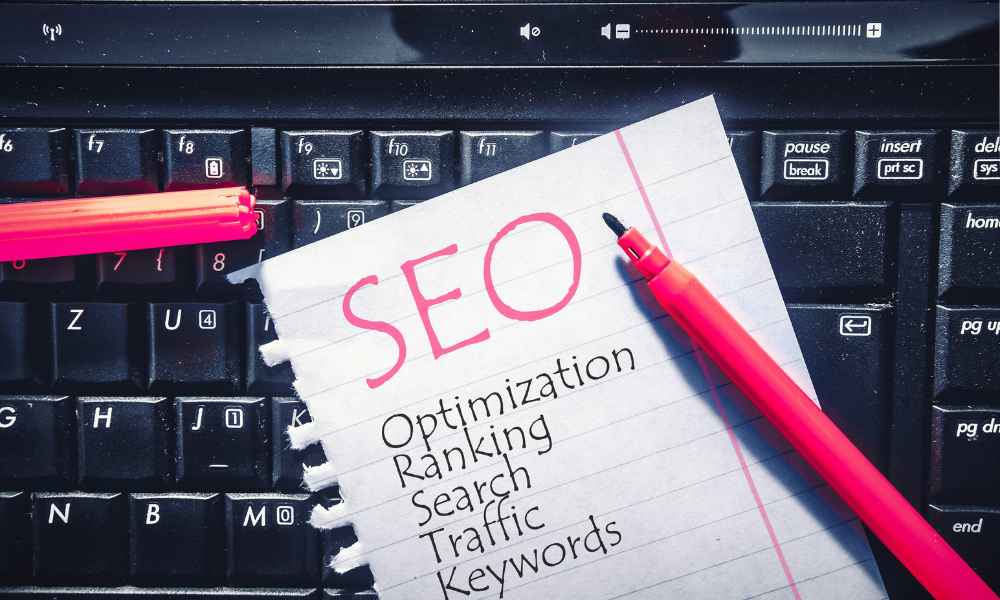In the digital era, having a robust online presence is essential for businesses of all sizes. The foundation of a successful online presence lies in search engine optimization (SEO), particularly on-page SEO. On-page SEO refers to the optimization of individual web pages to rank higher and earn more relevant traffic in search engines. This article delves into the importance of on-SEO, exploring its various components and benefits.
Understanding On-Page SEO
On-page SEO involves optimizing both the content and HTML source code of a page. This includes using relevant keywords, creating high-quality content, and ensuring the page is easily navigable. It also involves optimizing title tags, meta descriptions, headers, and images. All these elements contribute to a better user experience and improved search engine rankings.
Key Components of On-Page SEO
Keyword Research and Usage
Identifying the right keywords is the first step in on-page SEO. These keywords should be strategically placed throughout the content, including in the title, headers, and body text. However, keyword stuffing should be avoided to prevent penalties from search engines.
High-Quality Content
Content is king in the world of SEO. High-quality, relevant, and engaging content attracts and retains visitors. It should provide value to the readers, answering their queries and solving their problems.
Title Tags and Meta Descriptions
Title tags are the clickable headlines that appear in search engine results. A well-crafted title tag can significantly impact click-through rates. Meta descriptions, although not a ranking factor, provide a brief summary of the page’s content and can influence user behavior.
Header Tags
Header tags (H1, H2, H3, etc.) help organize content, making it easier for users and search engines to understand. Proper use of header tags enhances readability and can improve rankings.
Image Optimization
Images should be optimized with relevant alt text, file names, and sizes to improve load times and accessibility. Properly optimized images can also appear in image search results, driving additional traffic.
URL Structure
Clean and descriptive URLs are crucial for both users and search engines. They should include relevant keywords and be easy to read.
Internal Linking
Internal links help distribute page authority throughout the site, guiding visitors to related content. This improves the overall user experience and can boost rankings for linked pages.
Mobile Friendliness
With the increasing use of mobile devices, having a mobile-friendly website is essential. Responsive design ensures that web pages look and function well on all devices.
Benefits of On-Page SEO
- Improved Search Engine Rankings
- On-page SEO helps search engines understand the content and context of a page, leading to better rankings. Higher rankings increase visibility and drive more organic traffic to the site.
- Enhanced User Experience
- By optimizing content and structure, on-page SEO creates a better user experience. Easy navigation, fast load times, and relevant content keep users engaged and reduce bounce rates.
- Increased Organic Traffic
- Effective on-page SEO attracts more organic traffic, which is cost-effective compared to paid advertising. Organic traffic is also more likely to convert since visitors are actively searching for related information or products.
- Higher Conversion Rates
- With relevant and high-quality content, on-page SEO can lead to higher conversion rates. Users who find the information they need are more likely to take action, whether it’s making a purchase, signing up for a newsletter, or contacting the business.
- Long-Term Results
- Unlike paid advertising, which stops generating traffic once the budget runs out, on-page SEO provides long-term results. High-quality content and optimized pages continue to attract traffic and improve rankings over time.
WebDignify: Your Partner in On-Page SEO
Achieving and maintaining effective on-page SEO can be challenging, especially with constantly changing search engine algorithms. This is where WebDignify comes in. WebDignify provides excellent service in on-SEO, helping businesses improve their online presence and achieve their digital marketing goals. With a team of experienced professionals, WebDignify ensures that your website is optimized for both search engines and users. Contact WebDignify now to get the service you need and watch your online visibility soar.
Can I do on-page SEO myself, or should I hire a professional?
While basic on-page SEO can be done by anyone with some knowledge, hiring a professional like WebDignify ensures that all aspects are covered thoroughly and effectively, leading to better results.
What is keyword stuffing, and why should it be avoided?
Keyword stuffing is the practice of overusing keywords in content. It should be avoided because it can lead to penalties from search engines and negatively impact user experience.
How does mobile-friendliness impact on-page SEO?
Mobile-friendliness is a crucial factor for on-page SEO because a significant portion of web traffic comes from mobile devices. A responsive design ensures a seamless experience across all devices, improving user engagement and rankings.
What role do internal links play in on-page SEO?
Internal links help distribute page authority, guide users to related content, and improve the overall structure of the website. They enhance user experience and can boost rankings for linked pages.
How can I improve my website’s load time?
Optimize images, leverage browser caching, use a content delivery network (CDN), and minimize HTTP requests. Fast load times improve user experience and are a ranking factor for search engines.
Conclusion
On-page SEO is a critical component of a successful digital marketing strategy. By optimizing individual web pages, businesses can improve their search engine rankings, attract more organic traffic, and enhance user experience. For professional and effective on-SEO services, WebDignify is your go-to partner. Contact them today to elevate your online presence and achieve your digital marketing goals.
